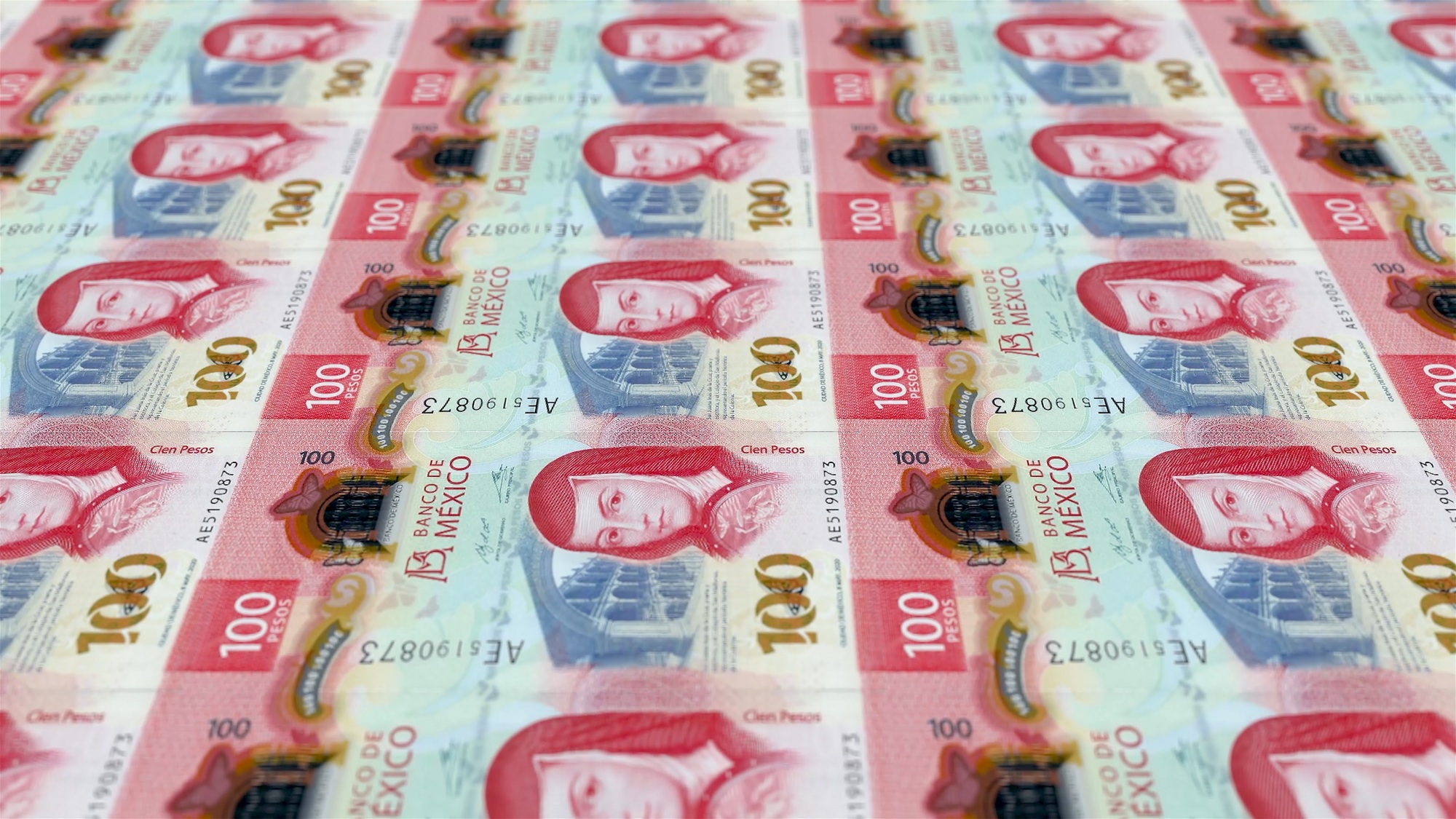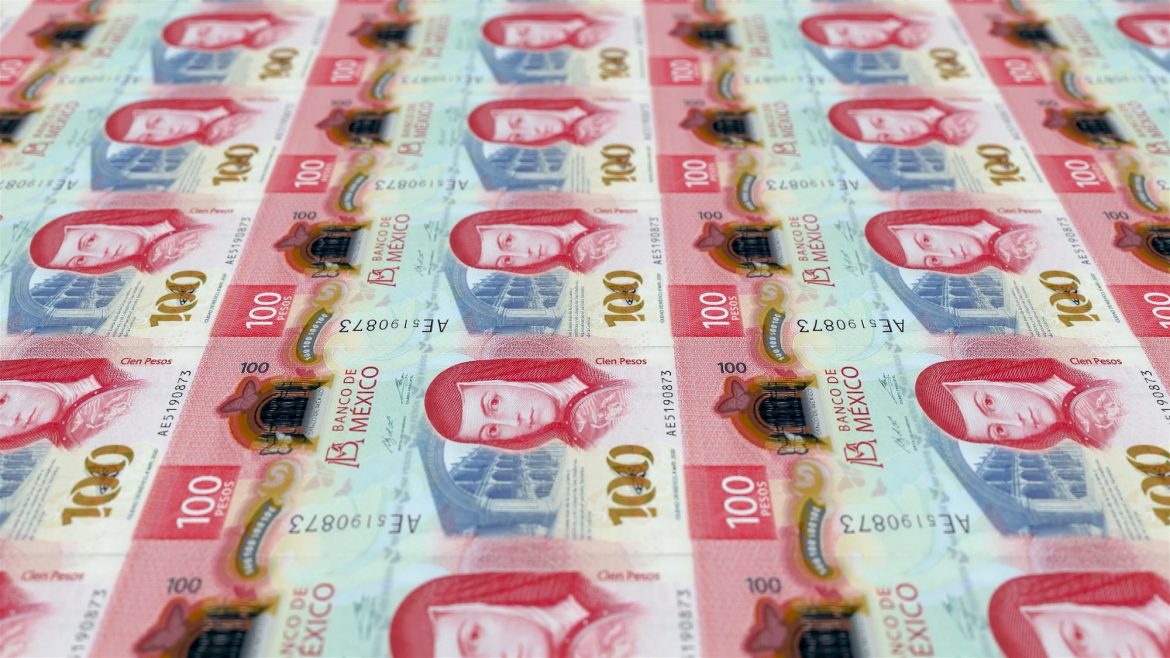The Bank of Spain has revised its economic growth forecasts for the upcoming years, reducing its estimate for two thousand twenty-five to two point four percent and for two thousand twenty-six to one point eight percent. This adjustment is primarily due to diminished contributions from the external sector as uncertainties around tariffs loom.
Governor José Luis Escrivá presented these updates during his testimony before the Economic Commission of the Congress. He stated that inflation is expected to average at two point four percent in two thousand twenty-five, slightly lower than previous projections. For two thousand twenty-six, inflation is anticipated to decrease to one point seven percent, reflecting a deceleration trend.
Escrivá expressed concerns about inflation uncertainties, as supply chain disruptions similar to those experienced during the pandemic could cause fluctuations. Additionally, the Bank of Spain noted that nearly thirty percent of businesses are currently affected by tariffs, with eighty percent of those indicating uncertainty as a significant issue.
Despite the challenges, the Bank of Spain’s inflation projections have improved slightly. The unemployment rate is forecasted to remain at ten point five percent for two thousand twenty-five, with a slight adjustment to ten point two percent for two thousand twenty-six. Fiscal estimates for public deficits remain unchanged, while public debt has been adjusted to one hundred one point four percent of GDP for the same period.
This article was written with AI assistance and reviewed by a human editor before publication.




















